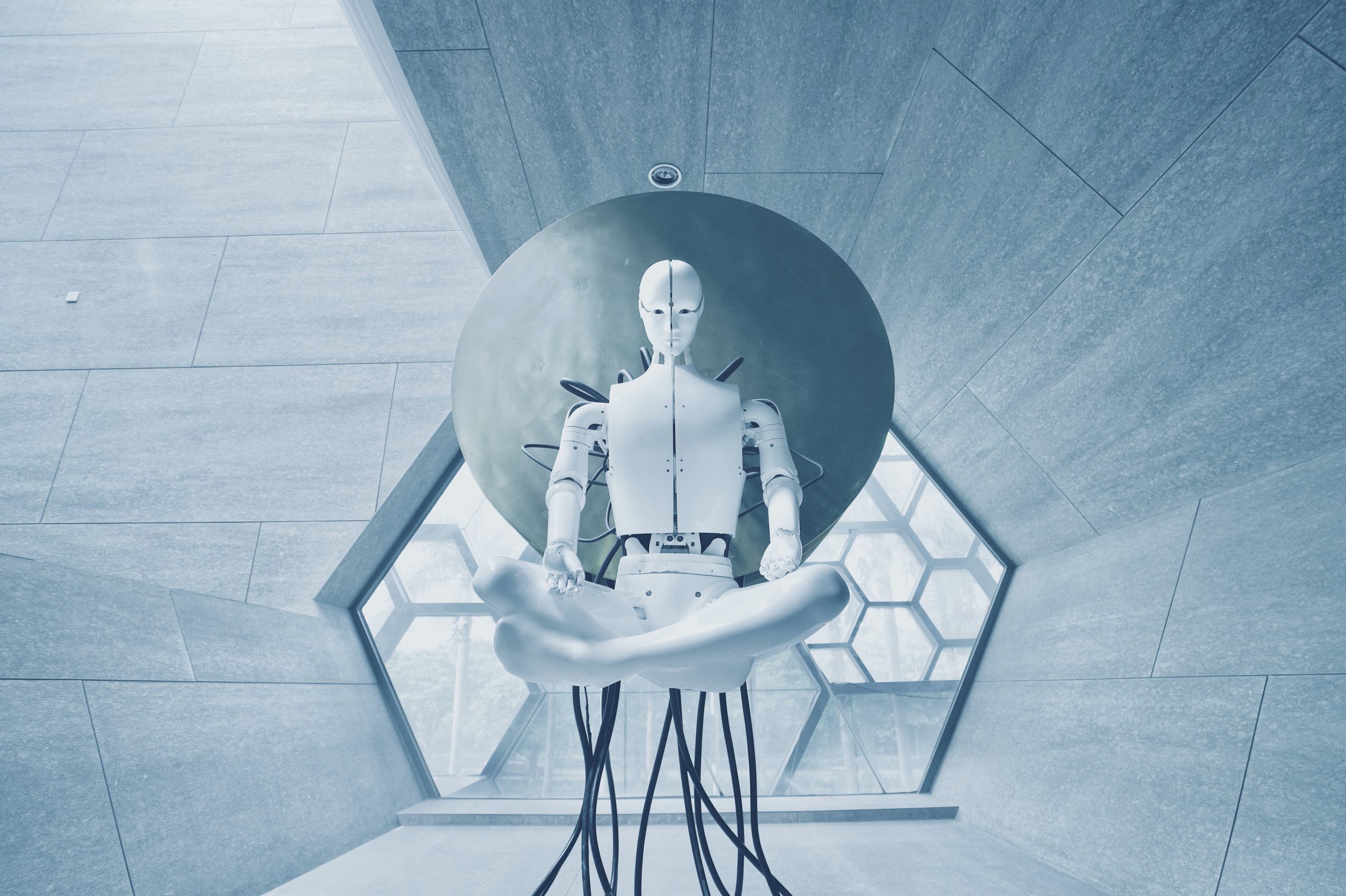The dawn of the 21st century has witnessed an unprecedented advancement in technology. With each passing day, robots and automation are becoming increasingly integrated into our lives, transforming the way we live and work. As we move towards 2023, the landscape of job automation is set to undergo a massive shift – one that will see human jobs being replaced by machines at an alarming rate. In this blog post, we’ll take a closer look at what lies ahead for us as humans in this era of rapid technological progress and explore the possibilities of how robotics will shape our future workforce. So fasten your seatbelts as we embark on this thrilling journey from humans to robots!
What is job automation?
Many people believe that the future of job automation is a bleak one, with machines taking over many jobs. But this is not always the case. In fact, there are many ways in which automation can benefit both employers and employees. Here are five reasons why job automation could be good for you:
1. More Efficiency: One of the main benefits of automation is that it can save employers time and money. This is because machines don’t get tired or human error can occur frequently, leading to wasted time and resources. In addition, automation can also help businesses to process large amounts of data more quickly, which can aid in decision-making and business efficiency overall.
2. Reduced Worker Costs: Automation can also lead to significant reductions in worker costs. For example, consider a scenario in which an employer hires a new employee who requires extensive training. With manual labor, this would likely take weeks or even months to complete – but with machine learning algorithms, the process could be completed within days or even hours! This means that businesses can save money by automating certain processes instead of hiring additional workers to do them – and employees will benefit from reduced costs associated with their employment situation overall.
3. Increased Productivity: Another major benefit of automation is that it can increase worker productivity overall. This is because machines are much faster and more efficient than humans when it comes to carrying out specific tasks – whether it’s processing data or performing simple calculations. This means
How will robots change the workforce in 2023?
Robots have the potential to change the workforce in a number of ways in 2023. They could take over jobs currently performed by humans, such as delivery drivers and factory workers, or they could completely change how certain jobs are done. For instance, robots may be able to produce goods more efficiently than humans can, which would result in fewer jobs being needed in the manufacturing industry.
As robots become increasingly sophisticated and intelligent, it is likely that they will be able to do more tasks autonomously. This could lead to a decrease in the number of jobs available in the workforce, although this has yet to be determined. In fact, some experts believe that robots will eventually replace humans altogether, leading to a future where everyone is employed by machines.
Thus far, there have been a limited number of cases where robots have replaced human beings in the workforce. However, this is set to change as more and more companies adopt these technologies into their operations. As automation spreads through the economy, it is likely that more and more jobs will be lost due to its effects. At present, it is difficult to predict exactly how this will play out; however, it is clear that changes are underway that will have a profound impact on the way we live and work.
The benefits of job automation
1. There are many benefits to job automation, both for workers and businesses.
2. Automation can reduce labor costs, making businesses more competitive.
3. It can also free up people to do other things, freeing up time and energy for the workforce as a whole.
4. Finally, it can help us tackle some of the world’s most pressing challenges – from poverty to climate change – by freeing up people to do more important work.
The challenges of job automation
Automation is on the rise, with machines taking over more and more tasks across many industries. This has led to concerns about how this will impact the workforce, but it may also be a stepping stone to greater job automation. Here are some of the challenges of job automation:
1) The transition from humans to robots will require significant training and retraining for those affected.
2) Automation could lead to increased unemployment and inequality.
3) There is a risk that automation will create new types of jobs that are too complex or dangerous for humans to handle, leading to further unemployment.
4) It is important that we consider ethical issues such as what happens if robots become sentient and want their own rights? What about when machines start making decisions for themselves? How do we ensure that these benefits outweigh the risks?
What can businesses do to prepare for the future of automation?
Businesses can prepare for the future of automation by automating processes and tasks that are less likely to be replaced by machines. This will help businesses save time and money, and make their operations more efficient. Additionally, businesses can research which automation technologies are available and assess how they could benefit their business.
Conclusion
As we head into the future, it is clear that automation will play a major role in the workforce. In fact, according to The Boston Consulting Group, by 2023 nearly half of all jobs in the United States could be replaced by robots or machine learning algorithms. This means that not only will many current jobs be eliminated, but also new and innovative positions may come about as machines take on more and more responsibilities. It’s important to understand what this means for you as an individual and how to prepare for the future. By reviewing some of the key factors at play, you can begin to make choices that will help protect your livelihood and ensure a prosperous future.




